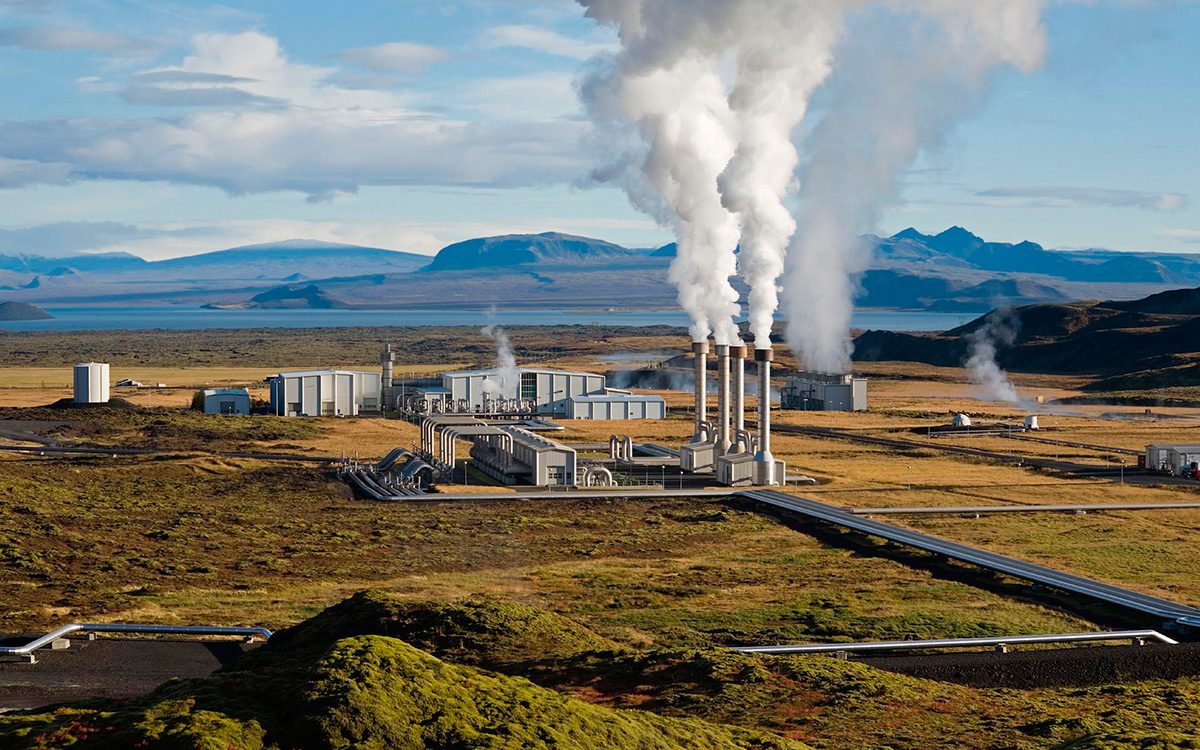Much of the discussion surrounding district heating projects naturally gravitates towards the adoption of heat pumps and other heat network infrastructure that allows for incredibly efficient heating in urban areas.
This is perhaps expected, as the government is planning for a 20-fold increase in heat pump installations over the next seven years.
However, the other part of the equation is generating the heat itself, and for that, a huge range of options have been proposed, from the conventional to the geographically specific.
Combined Heat And Power
Most power plants, particularly those that rely on coal, natural gas, nuclear power or biomass, generate considerable amounts of heat as a byproduct. This heat was previously wasted, funnelled away from the turbines via large cooling towers and left to heat up the sky.
Combined Heat and Power (CHP) plants get around this by channelling the heat by-product into a district heating system. It is a very economic system and energy-efficient in some respects but does also emit carbon dioxide as a result of the power generation process.
Geothermal
There are underwater reservoirs of water that are naturally very hot, such as the hot springs in Bath. This water could be distributed to nearby buildings as a heat source and is a historically proven way to do so.
However, other alternatives exist for cities that are not close to geothermal sources. Closed mines are often effective sources of heat and the potential for former mining sites as heat sources are currently being explored.
Solar Panels
Solar panels can be used to generate electricity as well as heat, and so in some areas (particularly in Germany and Denmark), solar heat is used to generate power over particularly hot summers and store it over the winter.

